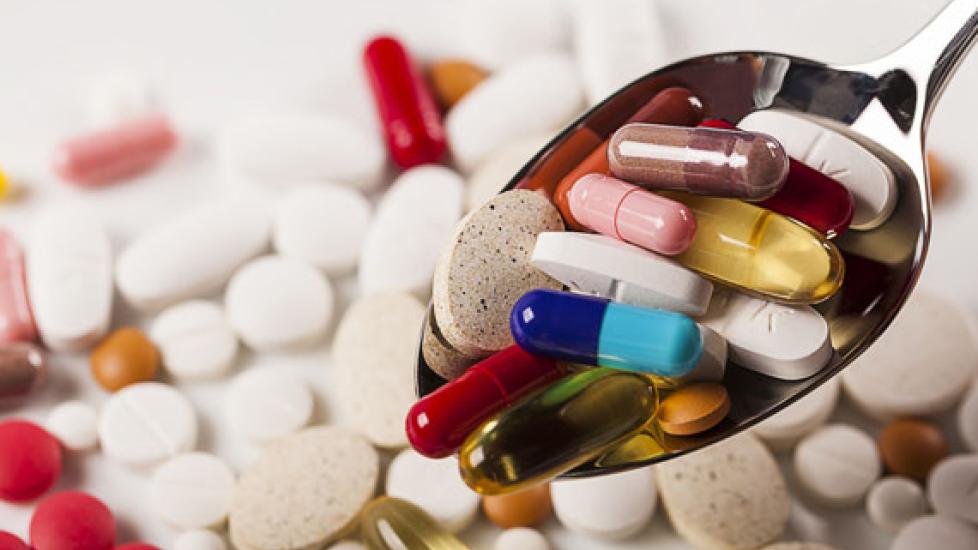Intestinal Bacteria and Its Role in the Health of Pets
What if we discovered that many infections and chronic diseases, including obesity, were caused by alterations of intestinal bacteria? What if these conditions could be treated with dietary aids rather than new generations of drugs and antibiotics? Mounting research data is suggesting that the gut may indeed hold the key to better health.
Cultivating the right balance of bacteria in the intestines may be a better approach to the treatment and management of disease. Supplementing your pet with prebiotics (soluble fiber that promotes the growth of certain bacteria) and probiotics (the bacteria themselves) may be a better approach to treating obesity, diabetes, and even infections of Salmonella. Your vet may already be treating acute gastrointestinal upset in your pets with only these supplements.
What is the Microbiota?
Microbiota refers to the large number of species of bacteria that live in the intestinal tract. It is a complex, fragile ecological system where different numbers of bacterial types influence gut and body function. Larger populations of beneficial or “good” bacteria promote normal function and good health. Overgrowth of detrimental or “bad” bacteria results in the obvious symptoms of vomiting and diarrhea. But the effects are not limited to the gut.
The microbiome refers to the genetic identification of the hundreds of species of gut microbiota. It allows for analyzing large amounts of data that are more quickly and easily obtained than growing and identifying the hundreds of bacteria in petri dishes.
Dr. Kelly Scott Swanson has been studying the microbiome of the intestinal tract of dogs and cats for the past ten years. He has found that, like in human research, populations of certain gut bacteria are associated with chronic diseases like obesity, diabetes, oral disease, gastrointestinal diseases, inflammatory bowel disease, skin and urinary diseases, and acute infections like Salmonella. Other researchers have found the same associations with asthma in children.
The Microbiota and Obesity
The most intriguing work in this area was recently published in the journal Cell. Chief investigator Dr. Laura Cox, along with her team at NYU Langone Medical Center, conducted a series of studies in mice to examine the effect of antibiotics on gut bacteria and the development of obesity.
In their first study, the newborns of pregnant mice that were given low doses of penicillin only during late pregnancy and nursing gained just as much weight as mice exposed to antibiotics their entire lives. It is believed that the administration of penicillin tends to reduce the populations of good bacteria and increases the populations of bad bacteria in these newborns. The weight gain occurred despite stopping the antibiotic treatment to the nursing moms and a return to a normal gut microbiota in these newborns.
This study suggests that disruption of gut bacterial at a critical time in development has a permanent effect on metabolism and promoted obesity throughout the life of these young mice.
A second experiment looked at three groups of young mice:
- One group received penicillin in the womb during the last week of pregnancy that continued throughout life.
- Another group received the same dose of penicillin after weaning and throughout life.
- The last group received no antibiotics.
Both penicillin groups increased fat mass compared to the non-penicillin group. But the group that was treated in the womb had much greater fat than those treated after weaning. This affect was exacerbated on a high fat diet.
Dr. Martin Blaser, a senior author of the study, said in an interview about their work:
“When we put mice on a high-calorie diet they got fat. When we put mice on antibiotics, they got fat. But when we put them on both antibiotics and a high-fat diet, they got very, very fat.”
The antibiotic treated mice showed other permanent metabolic changes like increased fasting insulin levels and decreased liver detoxification and regeneration functions.
These observations confirmed earlier work by Dr. Blaser. In a 2012 study he showed that mice on a normal diet that were treated with low dose antibiotics their entire life increased their body fat 10-15% more than untreated mice. This is very similar to the weight gain experienced by commercial livestock treated with antibiotics.
In their third study Drs. Cox and Blaser sought to determine if the obesity was caused by the antibiotics or the change in gut bacteria caused by the antibiotics. They transplanted intestinal bacteria from antibiotic treated mice and mice not treated with antibiotics into 3-week old germ-free mice. This is considered a pivotal infancy period just after weaning in mice. They found that the germ-free mice implanted with bacteria from antibiotic treated mice got fatter than those implanted from non-treated mice. This suggests that alterations in gut bacteria during critical times of development leads to life-long metabolic changes.
Ancillary findings also showed that the total intestinal bacterial population of the intestines did not change with antibiotic treatment. But antibiotics did significantly decrease the numbers of five groups of good bacteria that are known to play a role in normal metabolic and immunological interactions. The importance of the relative size of intestinal bacterial populations was demonstrated in a study I reported about here in 2013.
What Does This Mean?
As we learn more and more about the gastrointestinal ecology and its effect on health, it will gives us greater opportunities to prevent, treat, or manage conditions through nutritional intervention rather than drugs. The increased use of pre- and probiotics in the treatment of acute gastrointestinal and other conditions in pets is testimony to the effectiveness of this approach. The old adage may be right: You are what you eat.

Dr. Ken Tudor
Source
Cox LM, et al. Altering the intestinal microbiota during a critical developmental window has lasting metabolic consequences. Cell 2014:705-721
Image: ngera / Shutterstock
